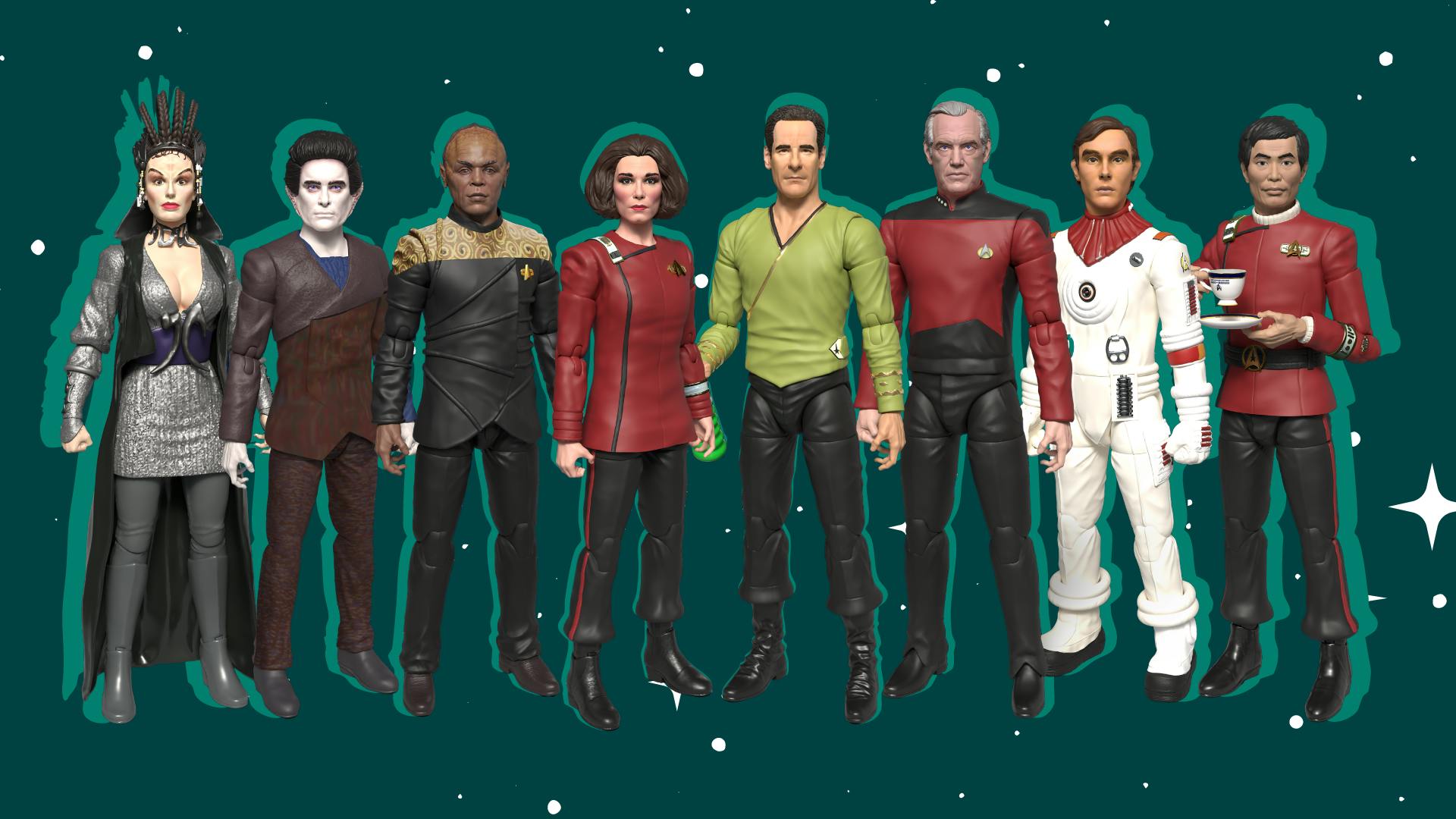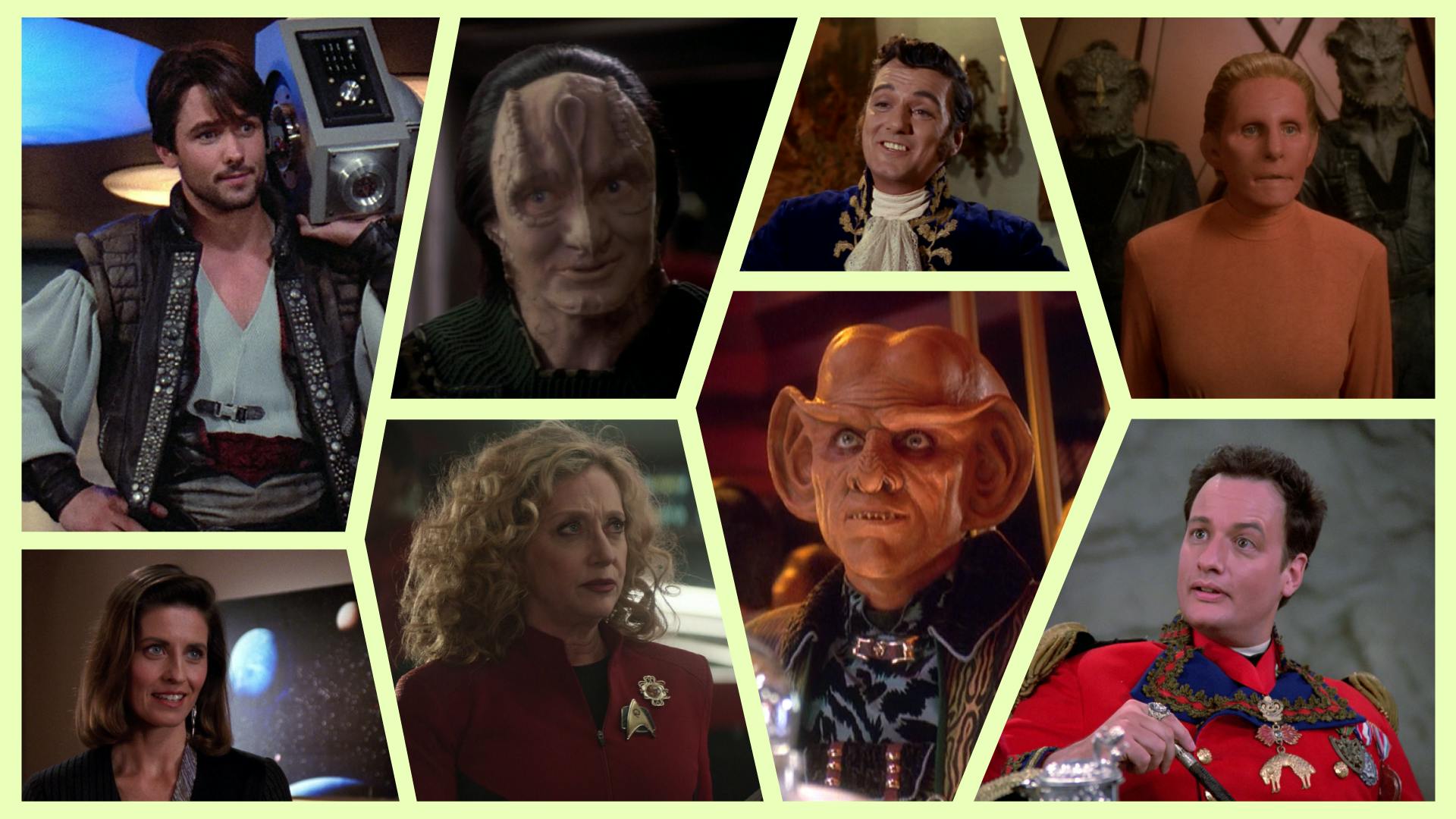Published Jun 9, 2023
Star Trek: Deep Space Nine Revealed a Modern Balance Between Science and Religion
A balance with a core of respect, understanding, and a willingness to listen that we could all learn something from.
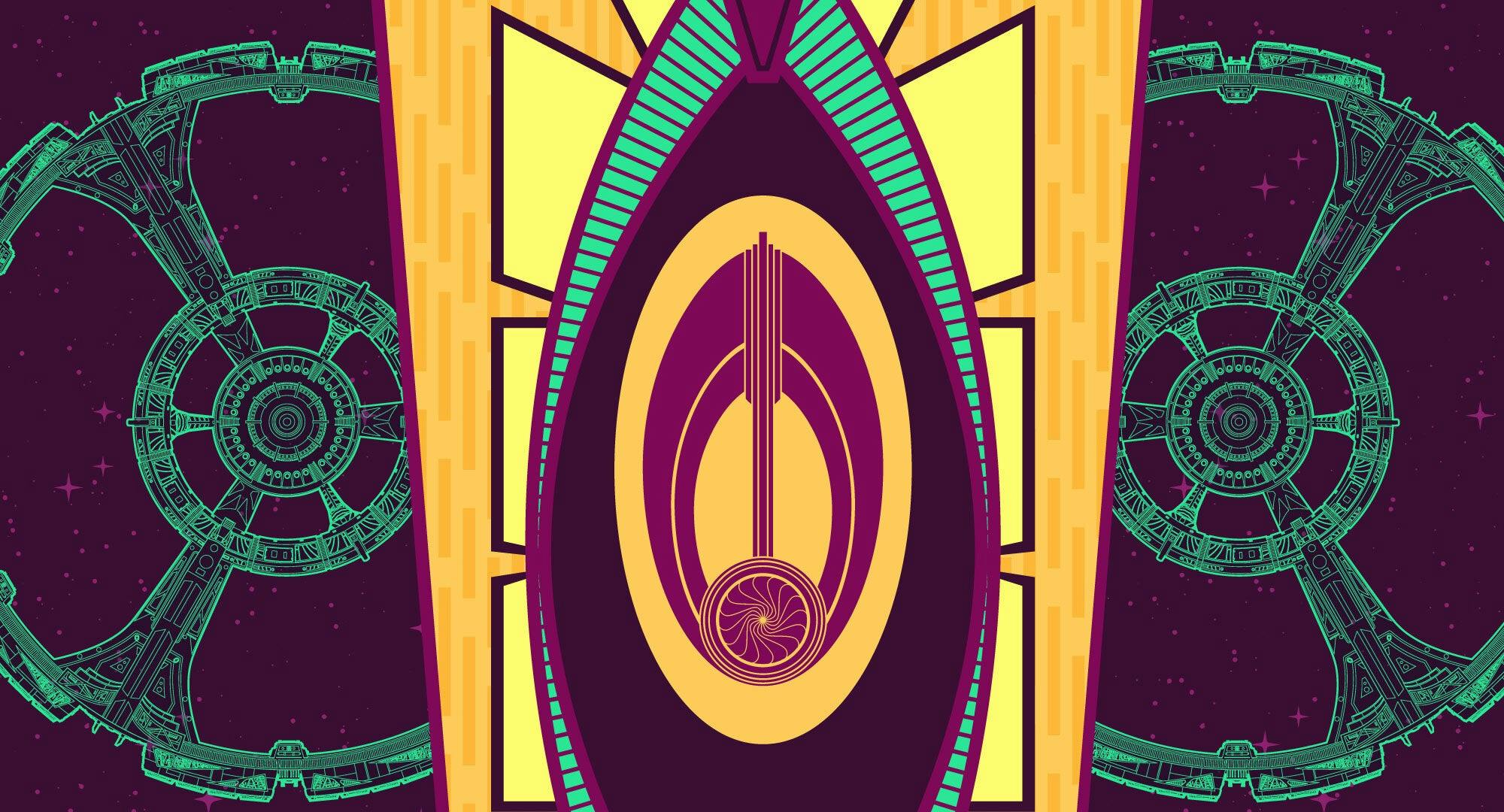
StarTrek.com / Rob DeHart
From the moment he stepped on board Deep Space 9, Commander (and later Captain) Benjamin Sisko grappled with his additional title as the Bajorans’ Emissary to the Prophets, a dual role that became fraught with tension. But Sisko later found that it came with benefits as well, helping him understand and connect with others he might not have been able to before — including those with deeply held religious beliefs.
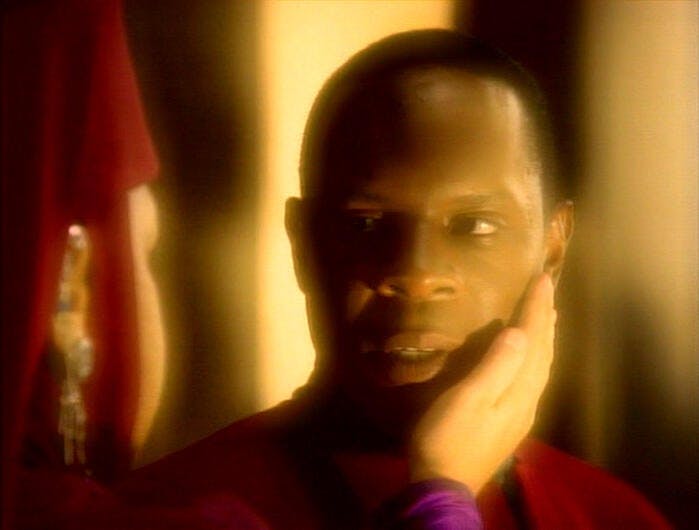
StarTrek.com
The ways that Sisko learned to navigate a balanced path as both a hard-nosed Starfleet officer and a spiritual-religious figure offer lessons for those of us in the 21st Century today. We still see frequent conflicts and mistrust between science advocates and religious people, with some outspoken scientists like biologists Richard Dawkins and Jerry Coyne, neuroscientist Sam Harris, and physicists Lawrence Krauss and Victor Stenger, often dismissing and even disparaging religious people in their work and scientific advocacy.
These groups of people aren’t monolithic, but some science advocates can behave like fundamentalists with their anti-religion sentiments. The yawning gap between religious zealots and anti-religious people makes it hard for them to see eye to eye on many issues, such as abortion, stem cell research, evolution, and genetic engineering.
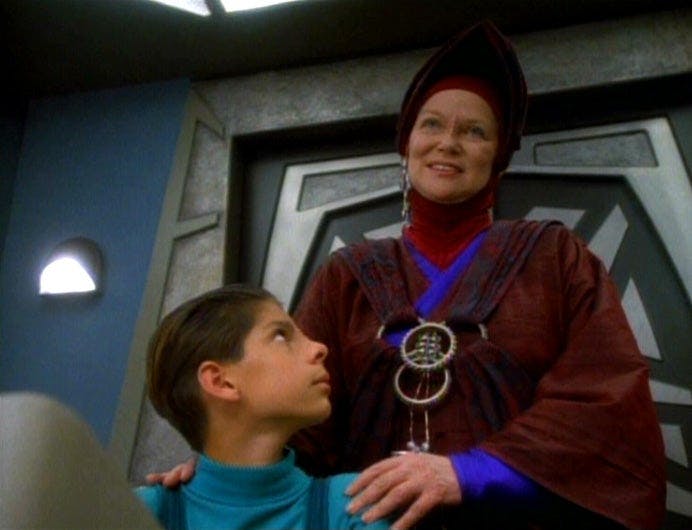
StarTrek.com
In Star Trek: Deep Space Nine's “In the Hands of the Prophets,” an ensign is killed and someone sets off a bomb in Keiko’s school on the station. The bombing follows disputes with Vedek Winn about Keiko’s secular teachings about the wormhole, known to devout Bajorans as the Celestial Temple. Winn, who later becomes Kai (sort of like a Pope, for those unfamiliar), brought many people to her side with extremist rhetoric.
But Sisko makes a heartfelt speech, saying of the Bajorans they’ve lived and worked with on the station, “These people know that we are neither the enemy nor the devil. We don’t always agree. We have some damned good fights, in fact, but we always come away from them with a little better understanding and appreciation of each other.” He also believed that Bajorans would continue to bring their children to the station’s school. He turned out to be right.
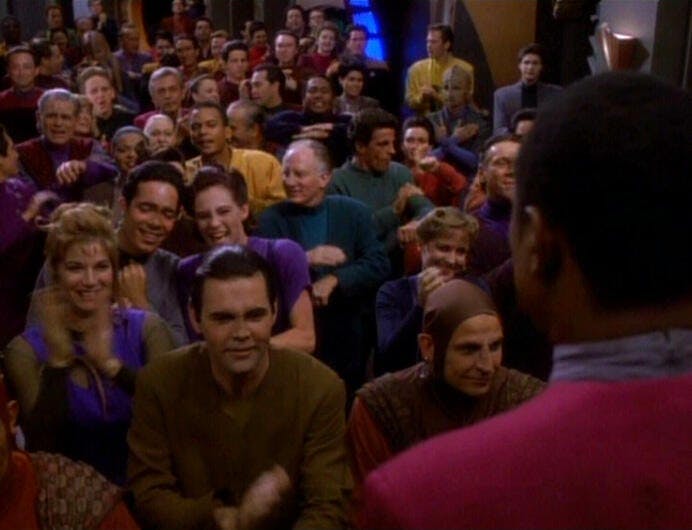
StarTrek.com
Contrast his approach with those of some of the anti-religion advocates of today. They’re not just skeptical of their opponents, but belittle them, acting like fundamentalists in their own right. When writing about religion and religious ideas, such as in his book The God Delusion, Dawkins describes them as “lazy and defeatist,” “fools,” and “infantile,” and Harris similarly in The End of Faith and elsewhere describes them as “ignorant,” “stupid,” and “callous.”
They and others like them have directed their ire against Muslims in particular, especially since the September 11, 2001 attacks. Their scathing comments and inflammatory jibes in columns and on social media have flirted with racism and have unfortunately encouraged Islamophobia despite wrapping themselves in the disguise of rational atheism. It’s no coincidence that such rampant anti-Muslim views were used to justify profiling, torture, and invasions of Middle Eastern countries. (Many atheist scientists have distanced themselves from the likes of Harris and Dawkins, however, such as physicists Martin Rees and Peter Higgs and psychologist Camille Paglia.)

StarTrek.com
Back in Deep Space Nine's “Destiny,” when Sisko and Starfleet scientists attempt to set up a communications link through the wormhole, Vedek Yarka adamantly argues that he should stop. Yarka warns him that a 3,000-year-old prophecy of doom could come true, destroying the “temple” and station once “three vipers” have arrived. Two Cardassian scientists come on board, and a third soon follows, apparently fulfilling part of the prophecy. Sisko decides to continue with their plans, but he doesn’t dismiss the Vedek’s words. The communications relay eventually works, thanks to a trio of comet fragments — the actual “vipers” — that Sisko safely shepherds through the wormhole. Yarka says he’s sorry for doubting him.
Sisko began as a skeptic, but he was also a listener. He paid attention to others' views and took them seriously. While he reluctantly adopted the mantle of Emissary, he eventually embraced it, viewing the wormhole aliens as Prophets as well. Sisko’s unique role created divided loyalties at times, but he mainly sought to bring help and justice to those in need of it, and to avoid violence and war whenever possible. He worked with others toward those goals, regardless of their worldviews or what worlds they came from.
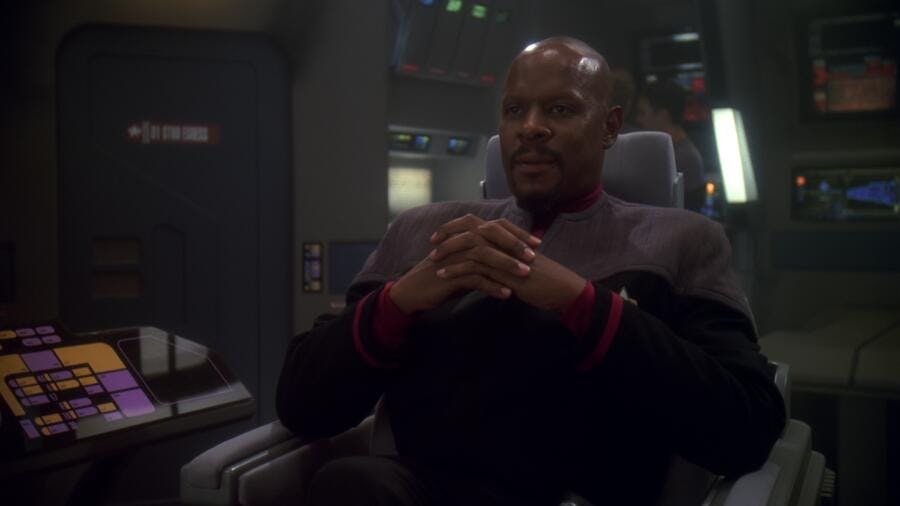
StarTrek.com
For Sisko, tensions always hovered in the background, and occasionally came to the fore, but he showed that religious and scientific perspectives need not clash. It's possible to have nuanced, open-minded views. Even if we don’t share all the beliefs of others, at least we can try to understand and respect them.
This article was originally published on September 25, 2019.
